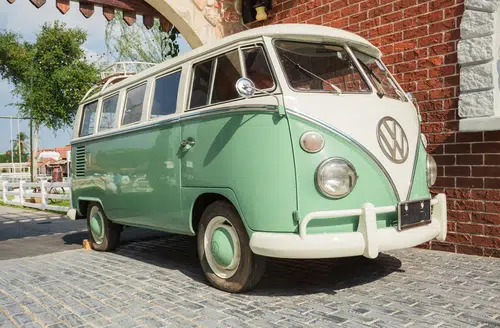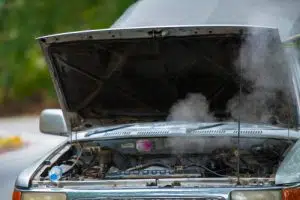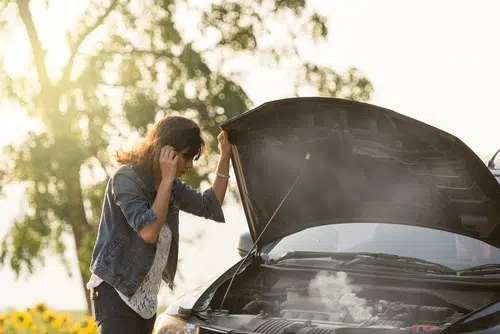Categories
Tags
animal welfare
breed profile
buying a car
buying a pet
Car
car accessories
car care
car features
car insurance
Car safety
car sales
car service
cat
cat behaviour
cat body language
Cat Breeds
cat food
cat insurance
comprehensive car insurance
Dog
Dog Behaviour
dog body language
Dog Breeds
dog food
Dog Insurance
dog training
eco friendly cars
Kitten
New Car
pet accessories
pet activities
Pet Adoption
pet breeders
pet days of the year
pet fun stuff
Pet Health
pet insurance
pet parenting
Pet Safety
pet services
Puppy
rescue pets
road safety
road trip
safe driving
Recent Blog:
Facebook Posts
2 days ago
Are intestinal worms setting up camp in your dog’s gut without paying rent? Here’s how to spot the main culprits and get rid of them too:![]()
![]() Preventing, Identifying and Treating Intestinal Worms in Dogs - bit.ly/43YjCKu
... See MoreSee Less
Preventing, Identifying and Treating Intestinal Worms in Dogs - bit.ly/43YjCKu
... See MoreSee Less
Preventing, Identifying and Treating Intestinal Worms in Dogs
www.pd.com.au
Intestinal worms, such as roundworms in dogs are one of the least glamorous topics on the planet. These intestinal parasites that basically use our dogs
PD Insurance
with Dogs West.
4 days ago
We enjoyed meeting #breeders #doglovers and members at the Dogs West Open Day. Special thanks to our partner Dogs West for organising an incredible event. There is still time to enter our pawsome competition. Click here for details: bit.ly/4covyce![]() #PDinsurance #dogswestopenday #dogswest
... See MoreSee Less
#PDinsurance #dogswestopenday #dogswest
... See MoreSee Less
4 days ago
Did you know? The Manx is a breed that is known for its lack of a tail, which is caused by a genetic mutation.
... See MoreSee Less
Is your car more rust bucket than classic? As your car ages, little niggles start to get the better of them. We can sympathise! Overheating in old cars isn’t uncommon. In fact, it’s a situation you’ll likely face as your car starts to show signs of its age. Not all is lost though! Overheating in old cars doesn’t have to be a regular, or disastrous occurrence.
Here’s how you can help prevent it.
Overheating in old cars – what causes it?
It isn’t that old cars have inadequate cooling systems. After all, they didn’t overheat the second they came off the showroom floor years ago.
Normally, it’s just that with age and sometimes a lack of regular maintenance, the car’s parts might not be working at their original efficiency. Ditto if you don’t drive your car as much as you used to (here’s how to look after your car when you’re not driving it as much).
Hot weather is a major contributor to overheating incidents too. So we have to take a bit of extra care of our engines in the Australian sun!
Signs of an overheating engine
One of the major signs of an overheating engine is steam coming from the engine or bonnet area. This may look like smoke at first. Your temperature gauge spiking is another warning sign that should be taken seriously.
You may also notice a strange smell coming from your engine area. This could smell like burning, or it could even have a slightly sweet smell, which can indicate a coolant leak.

Prevent overheating in old cars by being proactive
If your car is running a bit toooo hot, visit a garage or mechanic to check it out. That is, unless you’re one of those in the 60-64 years age group who – according to our research – blow the rest of us out of the water when it comes to at-home car maintenance.
Seriously though, at the first sign of overheating, it’s best to get your car checked ASAP. Pull over and wait for it to cool down before going anywhere then keep a close eye for more signs. Ignoring it or pushing your car too far before getting to a mechanic can result in catastrophic damage.
There are a lot of different reasons why your car might be overheating, but almost all of them need a bit of expert investigation. Below are some car components which, when faulty or damaged, can cause engine overheating.
- Radiator
- Thermostat
- Belts and hoses
- Head gaskets
Another obvious thing to check is the coolant level! Low coolant is one of the most common causes of engine overheating. Topping up might be all you need to keep those wheels of yours running at a nice, comfortable temperature.
If you’ve been noticing early signs of overheating, it doesn’t been that you need to go and dismantle your car and spend a fortune fixing it. But getting some tests, investigations, and preventative maintenance done could save you lots of money and lots of stress further down the line!
Don’t have a go-to car guy? Read our tips on how to choose a trustworthy car mechanic here: Confident Car Servicing 101.
How to handle overheating in old cars when it happens
Sometimes despite maintenance and preventative care, overheating does happen. Especially in Australia, where temperatures soar during summer.
If your old car overheats on the road, here’s what to do.
1. Turn off the air-con and open the windows
The very first thing you should do is turn off the air conditioning in your car and open your windows. The aircon puts additional load on the engine and will just make it overheat faster.
The air coming in through the windows will help cool the car from inside the cabin (every little bit helps).
2. Crank up the heat
It’s not going to be comfortable for you, but putting the heater on full blast helps to draw excess heat from the radiator. It sounds weird, but as explained in Popular Mechanics “the excess heat goes into the heater core, which is just a tiny radiator, pulling the temperature of the coolant down.” So cranking it right up to help get you to somewhere where it’s safe to pull over might just save you from huge car repairs.
3. Pull over
As soon as you’re able to do so safely, you should pull over. Turn off your car and allow it to cool completely. You can open up the bonnet to help the cooling process, but don’t touch anything. Although you’ve probably seen it in TV shows for decades, don’t throw water on anything when the engine is still hot.
While you’re waiting for your car to cool down, call a friend and/or roadside assistance (PD Insurance has a great service you should look into ????). Your car will need to be checked out, and you’ll need to get home!

Insure your old car for peace of mind
Having comprehensive car insurance can be a big relief if you find yourself stuck on the side of the road next to an overheating car.
Not only will roadside assistance come to your rescue when you experience overheating in old cars, but with car insurance you’ll have a financial rescue available in the case of a write off or the need for major repairs.
Share On:




